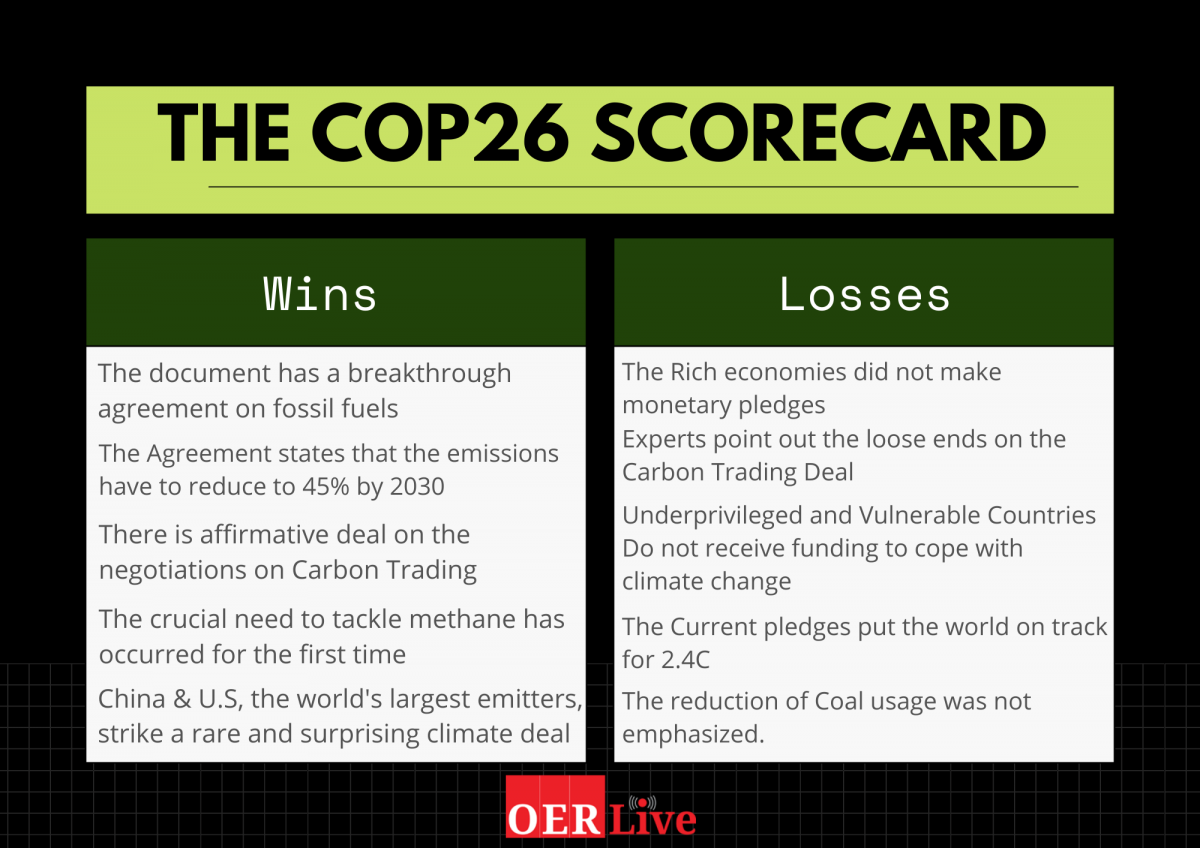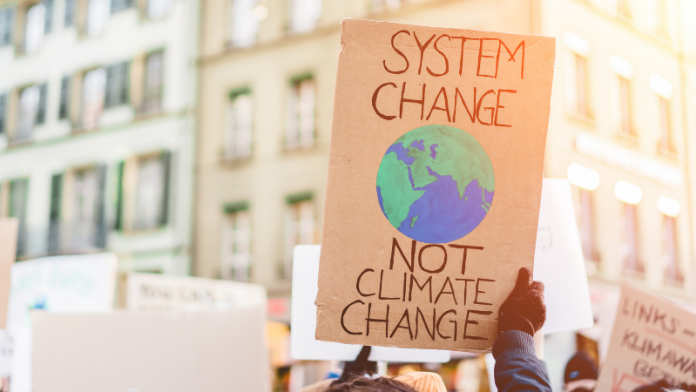It has been two weeks since the COP26 took place. There have been long negotiations, pledges from leaders of different countries regarding carbon trading, big aspirations for climate change, and the scrutiny these plans will go through as they align with what’s in store for the future.
Here is what we have gathered from the Glasgow talks that can help you stay in the know.
COAL TARGETS
For the first time, a COP text considers coal, the most polluting fossil fuel, and goes beyond what the G20 has done earlier. It was watered down at the last minute for a commitment to “step down” rather than relentlessly “phase out” coal power, but inclusion remains a significant sign. Resistance from India and China reminds us that it will take a long time to estrange the world off coal.
THE CHINA-US DEAL
The biggest crowd shaker in Glasgow was an agreement between the two biggest emitters to work together on climate. No big concrete action, but the positive news is that the two are at least talking about the climate amid the wider diplomatic standoff. China had so far been virtually absent from the talks. President Joe Biden virtually meets Chinese President Xi Jinping on Monday.
CARBON TRADING REGULATIONS
This sector was a long-awaited one. The rules on international carbon trading provide business clarity and standardization that should help reduce emissions, although some activists fear they are not strict enough and more needs to be done to reinforce controls. it grew as the voluntary compensation market spiraled out of control, and by some estimates, the market could be worth US$100 billion.

FOSSIL FUEL STIGMA
The Glasgow Pact called for an end to inefficient fossil fuel subsidies. While this language has been making the rounds in G20 communiqués for years, the symbolism emboldened activists that it finally became part of a COP deal that was signed. The G20 countries spent $ 600 billion last year to subsidize fossil fuels, which US climate commissioner John Kerry called “insane”.
PLEDGE TO ELIMINATE METHANE
More than 100 countries have agreed to reduce methane; and for the first time reference is made to methane in the general compact. It is non-binding, but again it sends a strong signal that it is time to tackle emissions that are much stronger than CO2. Russia and China have not signed up.
KICK START THE PLANS
Countries have to come back next year with better climate plans, but there is an escape clause. As it stands, countries’ climate plans known as Nationally Set Contributions, or NDCs, are putting the planet on a path of 2.7 degrees warming. We are still waiting for India to come up with the model it should deliver before the COP. Now it is time to consider whether the countries really get down to business with the new plans.
EMISSION SCRUTINY
New rules have been agreed to allow a more detailed review of the emissions reports. After all, the climate goals should be comparable so that everyone can judge what everyone else is doing. This is an important advance.
CASH FOR CAUSE
For the first time, it is recognized that countries affected by catastrophic weather events are receiving aid. There is an agreement on how to properly set up a mechanism through the finer details and the exact cash payment has yet to be calculated. This is something for the COP27 in Egypt. Next year rich countries failed to deliver on their pledge to provide $ 100 billion in climate finance, a failure that overshadows the outcome.
BANKING & FINANCE
Former Bank of England Governor Mark Carney has deceived banks, investors, and insurers with $ 130 trillion in assets to de-carbonise their businesses by mid-century. Finance is a powerful tool in the fight against climate change, but the list doesn’t include the three largest banks in the world, all of them Chinese and the major providers of coal finance. Even for banks that sign up, the most important test is whether they stop funding fossil fuels.
THE OUTCOME…
If all promises are kept, and it’s a big yes, we will get on the path to a warming of 1.8 degrees Celsius, according to the International Energy Agency. That is much better than on the way into the COP, but it is still way above what is safe threshold.






